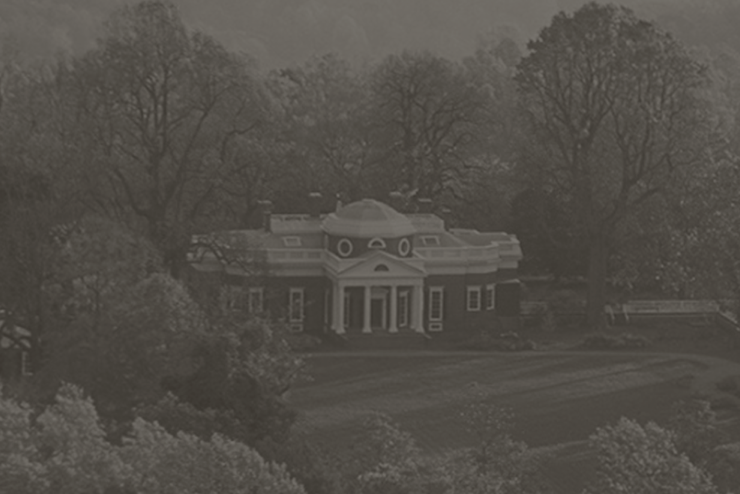Monticello Blog
-

A patron asked us about a very unusual quotation the other day: apparently someone, sometime said that Thomas Jefferson was "...a mean-spirited, low-lived fellow, the son of a half-breed Indian squaw, sired by a Virginia mulatto father..."; this was supposedly a comment made by Jefferson's political opponents in the election of 1800.


